Help your employees, students or staff lead their best lives each and every day. Identify air pollutants and contaminants, and take effective steps to improve your indoor air quality (IAQ).
.png)
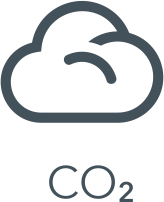 Every time we breathe out, we emit carbon dioxide (CO2). Offices often recycle air and don’t have working windows, therefore when an office is full of workers, the CO2 levels rise extremely quickly, leading to drowsiness, poor decision making and low productivity.
Every time we breathe out, we emit carbon dioxide (CO2). Offices often recycle air and don’t have working windows, therefore when an office is full of workers, the CO2 levels rise extremely quickly, leading to drowsiness, poor decision making and low productivity.
.png)
 Total VOCs are emitted from paints, varnishes, finishes and cleaning products. So if you've just had improvements to your office or had an area refurbished, repainted or recarpeted, you may be at risk from serious health effects ranging from minor eye, nose and throat irritations all the way to liver and kidney damage or cancer, depending on the level of exposure.
Total VOCs are emitted from paints, varnishes, finishes and cleaning products. So if you've just had improvements to your office or had an area refurbished, repainted or recarpeted, you may be at risk from serious health effects ranging from minor eye, nose and throat irritations all the way to liver and kidney damage or cancer, depending on the level of exposure.
.png)
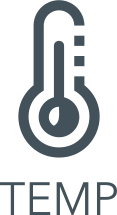 Regular temperature readings will allow you to find the optimal range for your workers. The wrong temperature can drastically affect performance and wellbeing at work.
Regular temperature readings will allow you to find the optimal range for your workers. The wrong temperature can drastically affect performance and wellbeing at work.
.png)
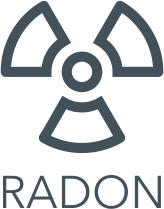 According to research by the Environmental Protection Agency (EPA), pollutants are typically two to five times higher indoors than outdoors.
According to research by the Environmental Protection Agency (EPA), pollutants are typically two to five times higher indoors than outdoors.
.png)
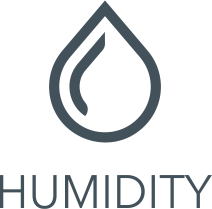 The humidity of a room is very important. Dry air can make infectious disease transmission easier, while more humid conditions can cause mold growth and worsen asthma symptoms.
The humidity of a room is very important. Dry air can make infectious disease transmission easier, while more humid conditions can cause mold growth and worsen asthma symptoms.
.png)
 A 2018 report by the World Green Building Council suggests a healthier work environment could cut sick leave by 58%, or 4 days per year per employee.
A 2018 report by the World Green Building Council suggests a healthier work environment could cut sick leave by 58%, or 4 days per year per employee.
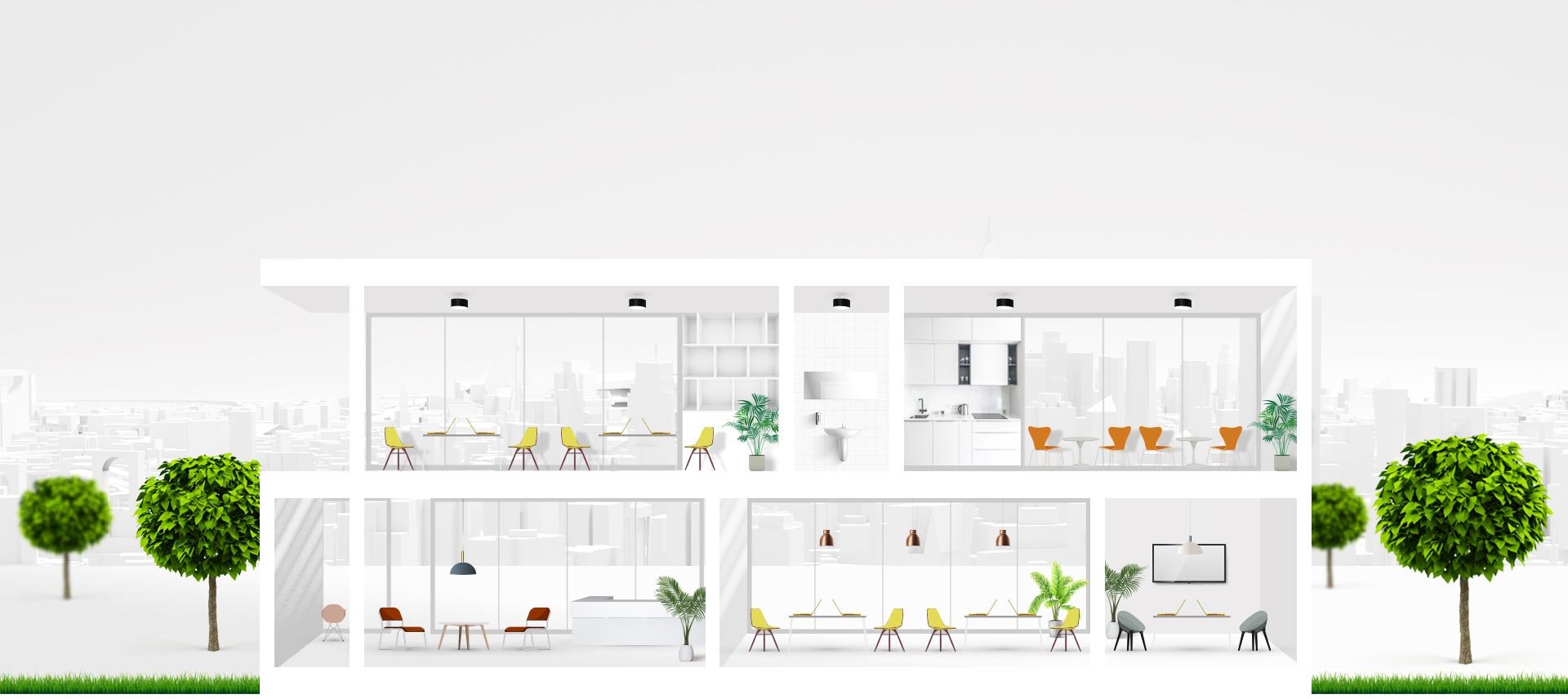
.png)
 According to research by the Environmental Protection Agency (EPA), concentrations of key pollutants are typically two to five times higher indoors than outdoors.
According to research by the Environmental Protection Agency (EPA), concentrations of key pollutants are typically two to five times higher indoors than outdoors.
.png)
 Every time we breathe out, we emit carbon dioxide. A classroom full of children with little ventilation could result in high levels of CO2, which in turn can lead to drowsiness, poor decision making, low concentration spans and poor exam results.
Every time we breathe out, we emit carbon dioxide. A classroom full of children with little ventilation could result in high levels of CO2, which in turn can lead to drowsiness, poor decision making, low concentration spans and poor exam results.
.png)
 The humidity of a room is very important. Dry air can make infectious disease transmission easier, while the most prevalent health effect caused by moisture-induced mold formation is asthma; 21% of the 21.8 million cases of asthma annually are attributable to residential dampness and mold.
The humidity of a room is very important. Dry air can make infectious disease transmission easier, while the most prevalent health effect caused by moisture-induced mold formation is asthma; 21% of the 21.8 million cases of asthma annually are attributable to residential dampness and mold.
.png)
 Regular temperature readings will allow you to find the optimal range for your staff and students. The wrong temperature can drastically affect students’ ability to learn and performance and wellbeing of staff.
Regular temperature readings will allow you to find the optimal range for your staff and students. The wrong temperature can drastically affect students’ ability to learn and performance and wellbeing of staff.
.png)
 Total VOCs are emitted from paints, varnishes, finishes and cleaning products. So if you've just had improvements to your school or had an area refurbished, repainted or recarpeted, you may be at risk from serious health effects ranging from minor eye, nose and throat irritations all the way to liver and kidney damage or cancer, depending on the level of exposure.
Total VOCs are emitted from paints, varnishes, finishes and cleaning products. So if you've just had improvements to your school or had an area refurbished, repainted or recarpeted, you may be at risk from serious health effects ranging from minor eye, nose and throat irritations all the way to liver and kidney damage or cancer, depending on the level of exposure.
.png)
 A 2018 report by the World Green Building Council suggests a healthier work environment could cut sick leave by 58%, or 4 days per year per employee.
A 2018 report by the World Green Building Council suggests a healthier work environment could cut sick leave by 58%, or 4 days per year per employee.

Help your employees, students or staff lead their best lives each and every day. Identify air pollutants and contaminants, and take effective steps to improve your indoor air quality (IAQ).


Help your employees, students or staff lead their best lives each and every day. Identify air pollutants and contaminants, and take effective steps to improve your indoor air quality (IAQ).






Get an overview of all rooms, floors and locations. Receive automated alerts should conditions change and air quality deteriorate.
.png)
Dig deeper into your data to observe trends, compare current values with past measurements, and identify incidents that correspond with activities.
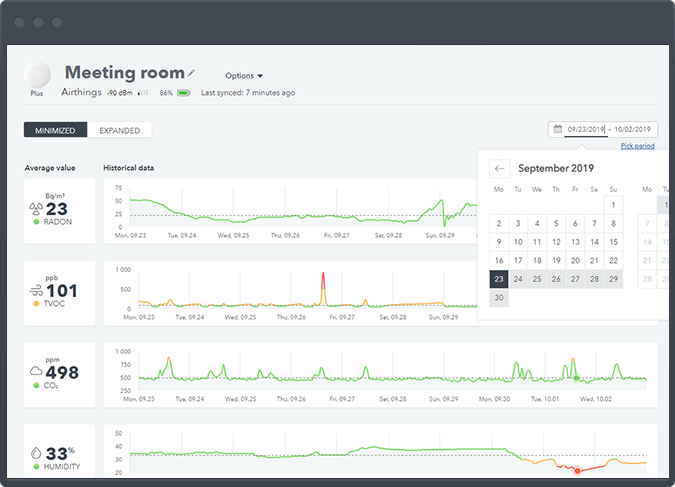
Add and remove tiles to customize your dashboard to your preference. If the account is shared, tailored preferences can also be set per user.
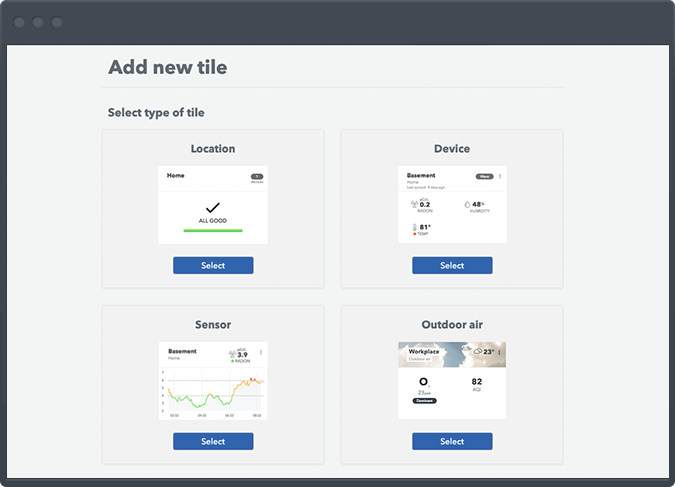
Use occupancy patterns to determine the optimal times for operating your building’s ventilation system, appease indoor climate complaints with live data or confirm when action is needed.
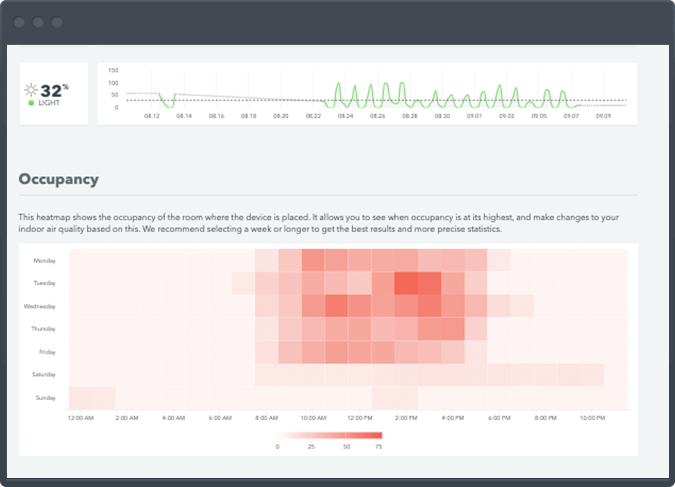
Generate custom radon or IAQ reports to share with your business or export data as a CSV file for further analysis. Ideal if you need to demonstrate proof to enable action.
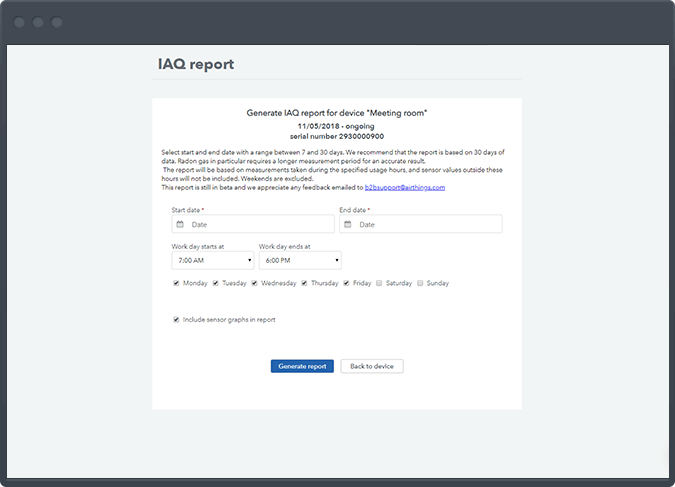
More and more individuals increasingly favor technology-rich buildings, be it an office, school or public facility. For the health-conscious and tech-savvy millennials, companies, schools or workplaces that can offer them the latest smart solutions to promote their comfort, health, and wellbeing will rank significantly higher in terms of their preference.

Healthy IAQ is linked to increased productivity, energy levels, and attendance.

Created for everyone; building managers, employers, and business owners.

Easily measure levels in any office, school, hotel, medical building or public space.
The Airthings HBS Wave Plus device samples air every 5 minutes. In order to save battery, the device sleeps for 5 minutes and wakes up again to send a sample package to the HBS Hub.
2 x AA Lithium batteries provide an estimated 2 year battery life for the HBS Wave Plus.
Yes. The Airthings REST API or Webhook offers a secure and straightforward method for pulling sensor and device information into your own system.
Yes. The Airthings API contains all commands and information needed to pull sensor and device information into your existing BI solution or as an input into your BAS or BMS.
Yes. The Airthings Pro Dashboard contains an IAQ reporting feature, allowing you to export to PDF and share your IAQ data in a professional, yet easy to understand method.
No, Airthings sensors are factory calibrated and self-calibrate during use. The drift is within our stated measurement margin of error.
The range depends on the building, but we use low frequency radio which has a very long range and can penetrate thick walls. As a guide, a Hub’s range can reach 1-2 floors up and down, and go through roughly 10 light non-load bearing walls per floor.
No. The Airthings Healthy Building Solution is specifically designed to be a plug and play, wireless, battery operated solution. Magnetic mounting brackets and screws or 3M Command Strips make installation effortless.